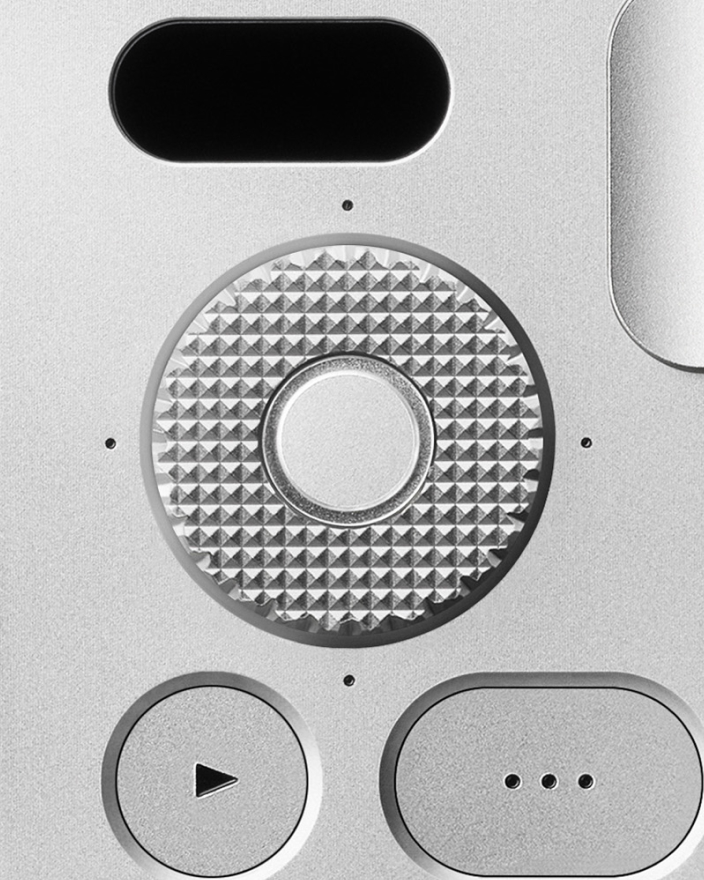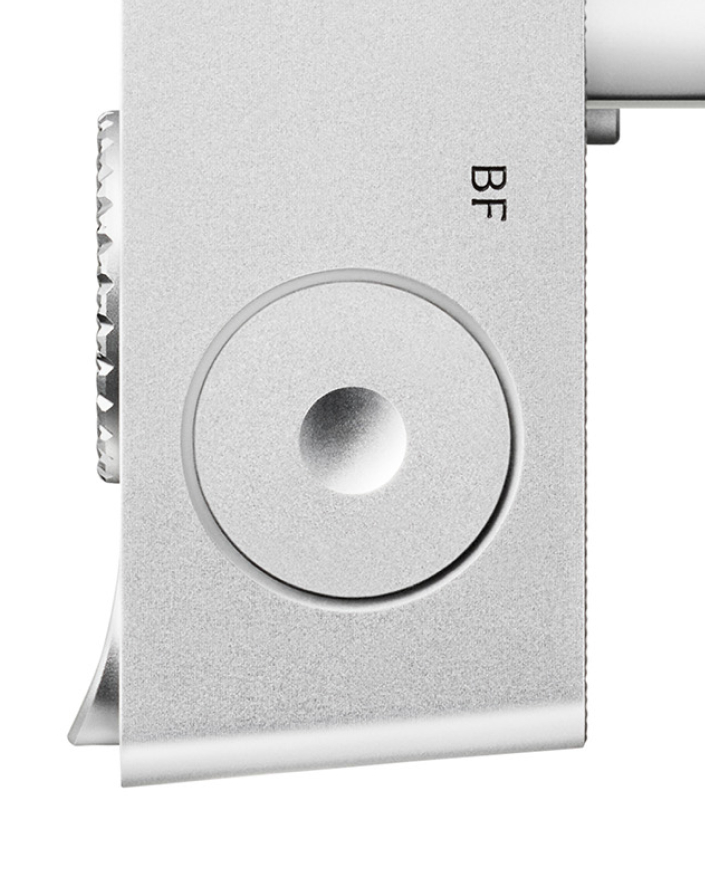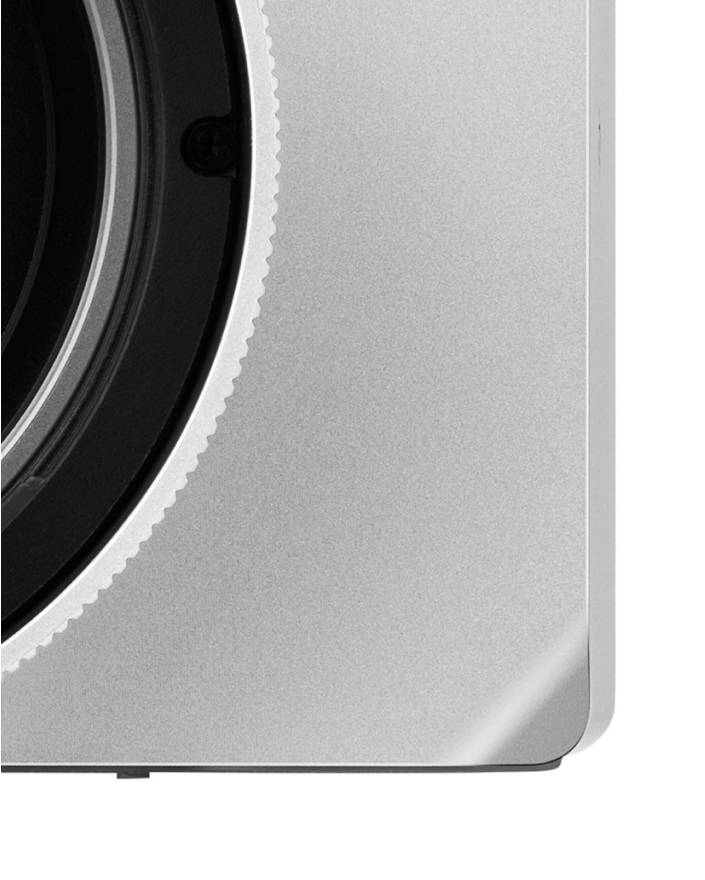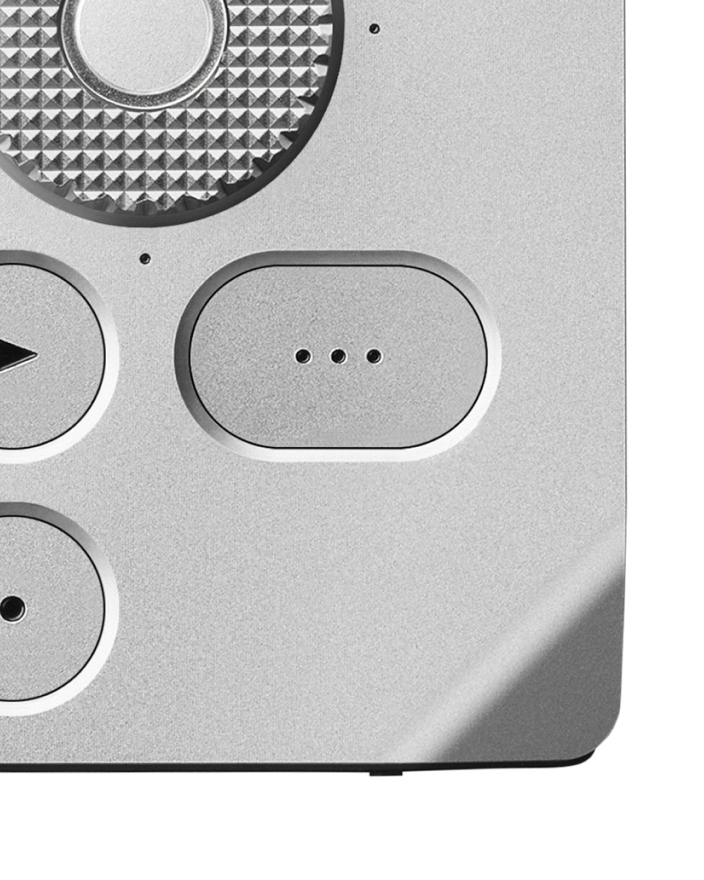
Sigma BF: less camera, more vision
6 min read Mar 2, 2025
Earlier this week, Sigma shocked the world with the BF, a new everyday camera. Unlike other cameras that compete on specifications, the BF embodies a philosophy of mindful photography rooted in Japanese aesthetic traditions. On the inside, it is focused, lacking many of the features people assumed are standard. On the outside, it carries a new brand.

It arrives at a critical juncture — computational photography dominates smartphones, and traditional manufacturers have continued to push the technical limits. Yet, there is renewed interest in experience-focused cameras like the Fujifilm X100V and Leica Q.
The BF is not merely a new camera in that latter category, but a mark of Sigma’s transformation into an innovative leader with a vision for photography. The BF challenges our relationship with technology.
Sigma
Sigma began in 1961 as a research-focused company.The first lens I ever bought back in 2007 was a Sigma. At that time, they were best known as a third party manufacturer, producing lenses for popular systems like Canon EF and Nikon F. They specialized in manufacturing lenses unavailable from major companies, or selling similar lenses at lower prices.
A lot has changed since then. Just 5 years later, Kazuto Yamaki, son of Sigma’s founder, took over as CEO. He poured his love for design into the company his father began. He hired designer Ichiro Iwasaki, who enhanced how Sigma products look, work, and feel. Sigma products shed their earlier, forgettable appearance, for a new, commanding design language.

The BF continues this evolution, taking Sigma’s use of CNC-machining to the next level. Each five-axis CNC machine takes seven hours to carve a single unibody. Every day, only 9 cameras come off the production line. This labor-intensive creation process embodies the Japanese tradition of kodawari, the uncompromising commitment to perfection.

It’s not just Sigma’s manufacturing processes that have evolved. Their refreshed brand by Stockholm Design Lab (SDL), represents an evolution. The new logo harkens back to the old Sigma logo as seen on the Sigma Mark 1 camera.

New typefaces — Sigma Serif and Sigma Sans — introduced by SDL and Letters from Sweden reflect a balance of tradition and modernity.


The cohesive visual language signals a new clear vision. Of particular note is the packaging, which avoids the high-tech appearance typical of camera products. Instead, it embraces a matte, textured finish reminiscent of traditional Japanese washi paper.
All over the site, there are now illustrations of a white and black cat. These cute mascots align with Japan’s long history of characters in business, forming a unique emotional connection with customers.
While resembling an artisanal object, the BF is the product of cutting-edge engineering — a true manifestation of Sigma’s essence.
Aizu
Though founded in Tokyo, Sigma moved to Aizu long ago. Untill today, it has proudly produced all its products there.

Aizu has a rich heritage of traditional craftsmanship dating back centuries, and is particularly renowned for its Aizu nuri lacquerware. The area’s long history of metalworking — including high-quality samurai swords — parallels Sigma’s approach to lens and camera manufacturing. Sigma products are continuations of local tradition rather than generic technology.
That tradition is proudly on display on the BF. The cross-hatch knurling pattern is an extension of the I-series lenses, found on both front grip and back rotary dial. It provides both function and a tactile reminder of craftsmanship.
Alongside the new camera, Sigma has launched silver-anodized versions of their I-series lenses. This new finish honors the material by maintaining its natural color.

Shared motifs across the camera body create cohesion. Concentric circles on the shutter button and rotary dial look almost like ensō found in zen art.


Pill shapes are used in the status monitor, thumb grip, and option button.

The attention to detail — both in design and craft — makes the BF a worthy addition to Aizu’s history of craftsmanship.
Japan
The name BF is a nod to the term “beautiful foolishness”, which author Okakura Kakuzo mentions in the opening to The Book of Tea, “Let us dream of evanescence, and linger in the beautiful foolishness of things”.

This name itself elegantly presents the camera’s focus — a celebration of the present moment in a very Japanese way.
This focus on the present moment is one of the major ongoing themes throughout the book, culminating in the details surrounding the tea ceremony. Everything from the almost unimpressive appearance of the teahouse, to the asymmetrical interior design, to the natural way of arranging flowers inside encourages a deep connection between the aesthetic experience and deeper meaning.
It’s this same process of aesthetic refinement that we see in the BF. By removing so much of what is common in other cameras — the mechanical shutter, mode dial, EVF, memory cards — the BF becomes almost empty. It’s in emptiness that one has the space to experience the world in their own way.
Kakuzo says of art, “In leaving something unsaid the beholder is given a chance to complete the idea and thus a great masterpiece irresistibly rivets your attention until you seem to become actually a part of it.” That’s exactly the case with the BF.
Furthermore, there are also subtle imperfections, most notably the bends on two of the corners, that reflect the Japanese embrace of imperfection and asymmetry. While Leica may pursue geometric perfection, the BF’s intentional asymmetry embodies wabi-sabi.


When technology becomes cultural artifact
The Sigma BF is a pure expression of Sigma, Aizu, and Japan.
It is important for its approach to technology, prioritizing experience over specifications. It demonstrates how cultural values transform technological objects into cultural artifacts.
The BF offers a counterpoint to the dominant “more is better” paradigm in technology by looking deep into Japan’s storied aesthetic tradition. In a world where technology is ever more present and ever more powerful, the BF offers less.

It remains to be seen how people feel after using the BF after months and years. I, for one, look forward to trying it out, but I likely won’t purchase one. I’m quite happy with my Leica CL at the moment.
Critics rightfully question paying premium prices for fewer features. Sigma is taking a risk to offer an alternative relationship with technology. In removing features, it creates space for the essence of photography — seeing, being present, and connecting with subjects.
As Okakura Kakuzo said towards the end of The Book of Tea, “A single masterpiece can teach us more than any number of the mediocre products of a given period or school“. The BF has a lot to teach us about creating tools that embody cultural values rather than merely technical capabilities.
Thanks to Q for reading drafts of this.
Images courtesy Sigma Corporation and Stockholm Design Lab.